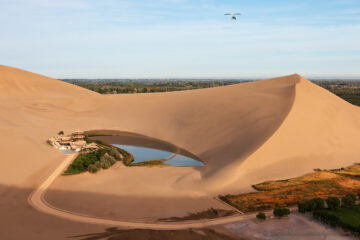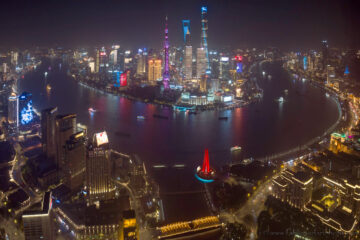Yunnan is one of the most beautiful and diverse provinces in China. In this travel guide, you can find the top things to do and see.
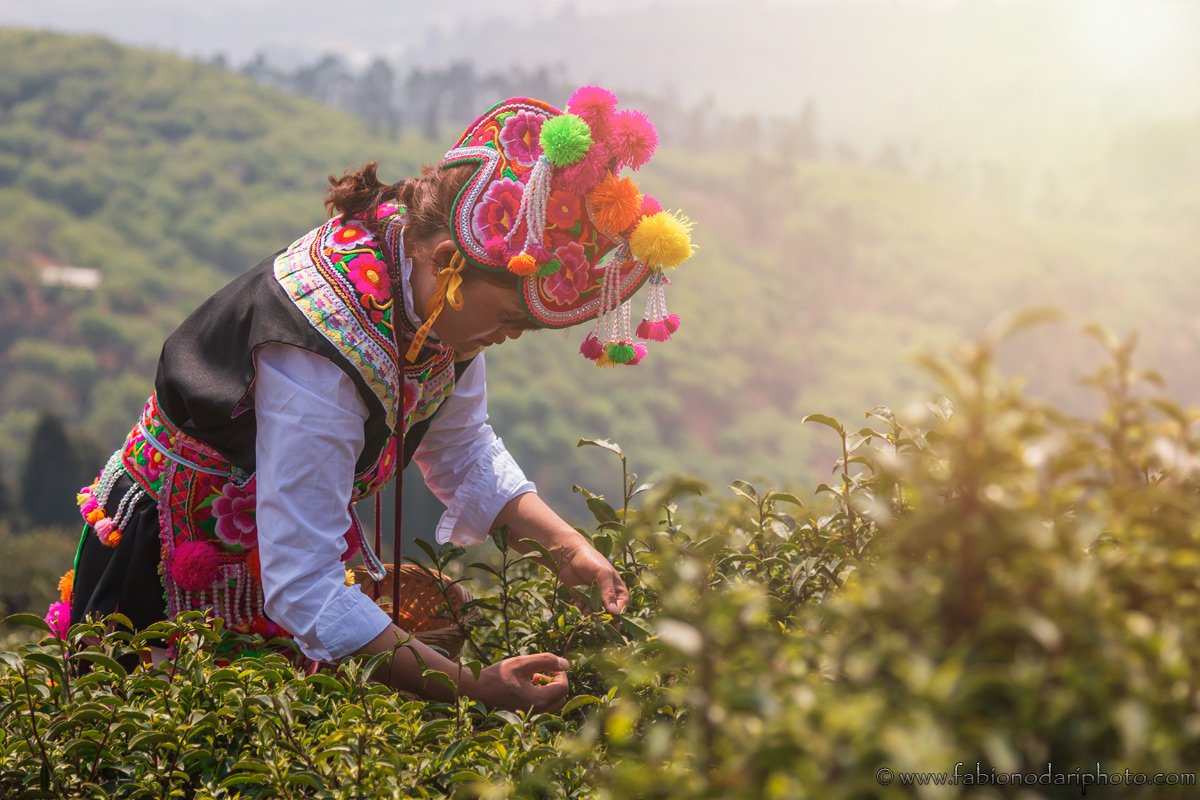
Yunnan Province in China is a beautiful, diverse, landlocked region known for its stunning natural beauty, rich cultural heritage, and delicious cuisine. With its vibrant cities, picturesque countryside, and unique ethnic minority groups, Yunnan offers travellers a unique and unforgettable experience.
One of the main reasons why Yunnan is such a unique province is its border position, far away from Beijing. There is a local saying: “Yunnan, where the Mountains are High, and the Emperor is Far, Far Away.” Even though this is an easily accessible province, historically, this wasn’t the case, making the local culture so different from the rest of the country.
Getting to Yunnan

Yunnan is located in southwestern China and is easily accessible by air, train, or bus. The province’s capital city, Kunming, is a central transportation hub with several daily flights to and from all major Chinese cities. Alternatively, you can also get to Kunming by train. As always, when travelling in China, the best website in English to book trains, hotels, and flights is Trip.com. Other websites have fewer options and are generally more expensive.
In the past few years, the government has built new high-speed railways that connect most of the province. You can now get to Shangri-la in the north, Xishuangbanna in the south, and almost every city. In short, travel to and from Yunnan and all around the province has never been easier.
Things to do in Kunming, the spring city
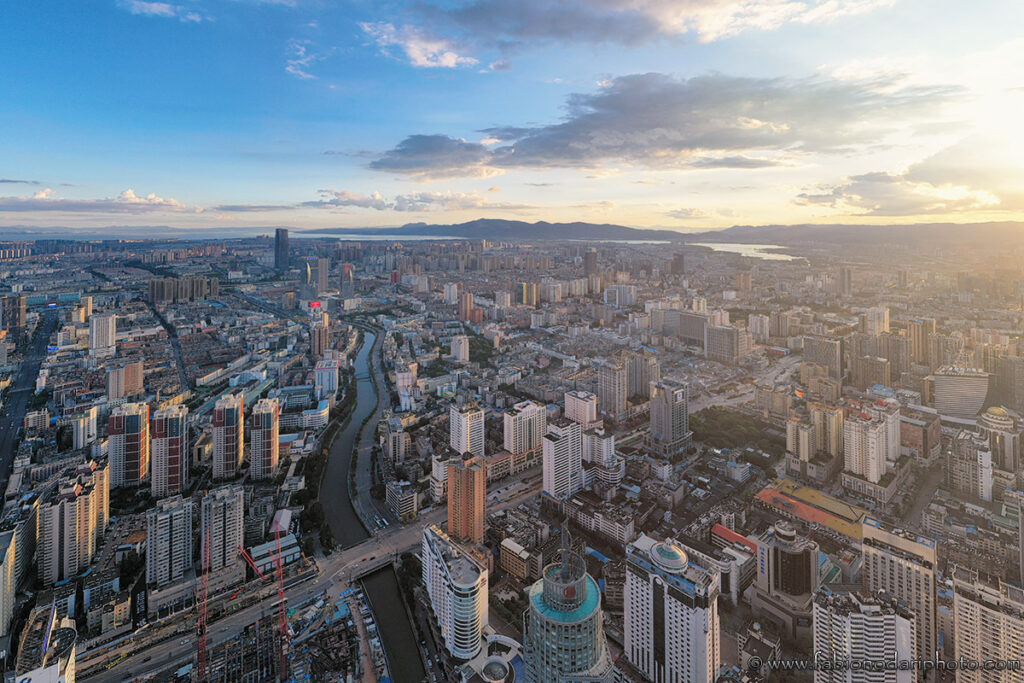
Kunming, the capital, is known for its mild climate. The city is also home to several cultural and historical attractions. Here are some of the top things to do and see in Kunming (here you can find my complete Kunming Travel Guide):
- Stone Forest 石林: The Stone Forest is a natural geological wonder made up of towering karst formations. It is a popular attraction in Kunming and is a must-see for anyone visiting the city.
- Kunming Old Town 古城: Kunming’s Old Town is a charming area full of narrow streets, ancient temples, and traditional shops and restaurants. It is a great place to wander and explore, and you can learn more about the city’s history and culture, although, like many other similar places, the town is not old: it has been recently renovated.
- Western Hills 西山: The Western Hills are a series of picturesque hills and forests on Kunming’s western edge. The area has many temples, cultural attractions, and beautiful city views.
- Golden Temple 金殿: The Golden Temple is a Buddhist temple on the top of Mingfeng Mountain. It is known for its beautiful architecture and intricate gold leaf decorations and is a popular destination for tourists and locals.
- Yunnan Provincial Museum 云南省博物馆: The Yunnan Provincial Museum is a great place to learn more about the history and culture of Yunnan province. It has an extensive collection of artifacts and exhibits that showcase the region’s diverse history and culture and is free of charge.
- Green Lake Park 翠湖: Located in the city’s center, Green Lake Park is a popular spot for locals and tourists. It is beautiful in early spring when all the trees bloom.
Interesting places around Kunming
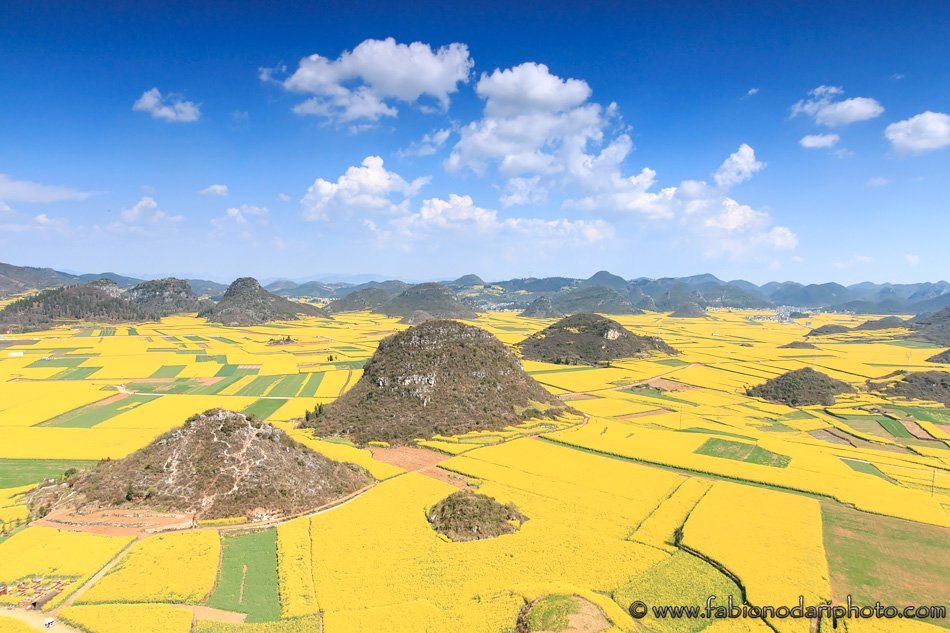
- Luoping 罗平: One of the most interesting places to visit is Luoping. Famous for its huge rapeseed flower fields, remember that it’s worth going there only between February and April. I wrote a detailed guide about it that you can find here.
- Yiliang 宜良: Yiliang is a small town located only 1 hour by bus from Kunming. It’s famous for its Roast Duck, the Colored Rice Fields and the beautiful Jiuxiang caves.
- Mile 弥勒: another small town located only 30 minutes from Kunming, has become popular thanks to a new art park called Dongfengyun (东风韵). Here you can read my travel guide.
- Fuxian Lake 抚仙湖: Fuxian is the third largest lake in Yunnan and the third deepest in China. If you’re planning a trip without straying too far from Kunming, Fuxian is the right option. Here you can find my detailed travel guide.
- Puzhehei 普者黑: famous for the typical karst hills, the numerous rivers and ponds, and many caves. Summer is the best season to visit when the ponds are filled with lotus plants in full bloom, which makes the landscape even more beautiful. You can find my travel guide here.
Top things to see in Southern Yunnan
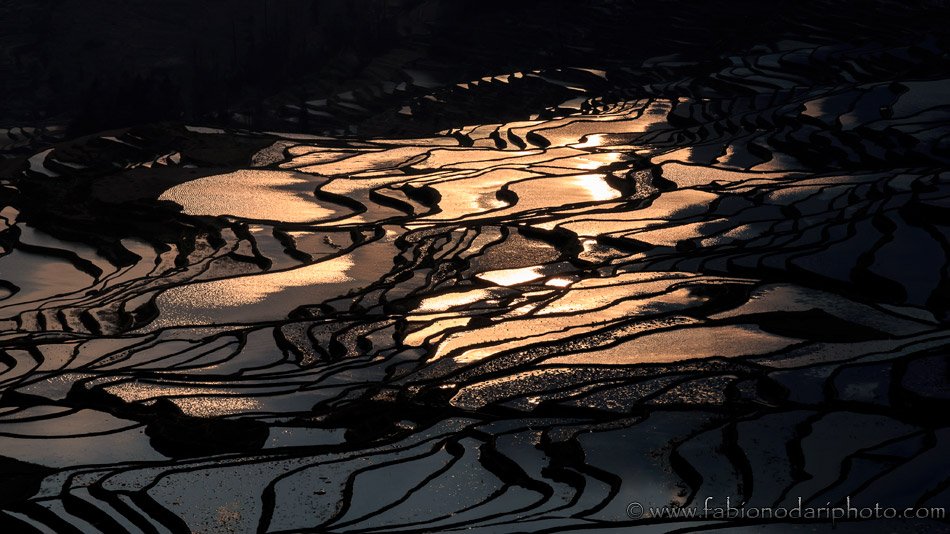
- Yuanyang Rice Terraces 元阳: these are my favorite rice terraces in China. Since 2013, they have been part of the UNESCO World Heritage sites. Keep in mind that the best season is during winter. Here you can find more info.
- Xishuangbanna 西双版纳: located on the border between Myanmar and Laos and crossed by the Mekong River, Xishuangbanna is often considered the Thailand of China. Due to its remote location in a province, Yunnan, which historically is also one of the remotest in China, not many people have heard about this place. Here you can find my travel guide.
- Pu’er 普洱: you might have heard about this place if you like drinking tea. In the past few years, it has become one of the most popular types of tea in China. The city, formerly known as Simao, doesn’t offer that much, but you can explore the surrounding tea and coffee plantations. Fun fact: 99% of the coffee produced in China comes from Yunnan, and Pu’er is an important production center.
Top things to see in Northern Yunnan
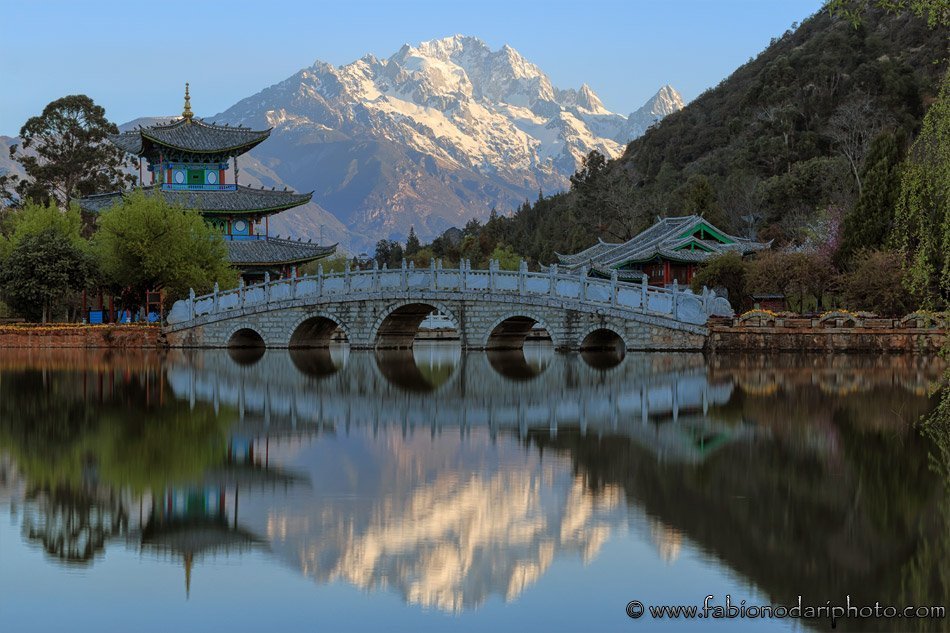
- Lijiang 丽江: this is likely the most famous place in Yunnan. Some people think it’s too touristy, and they have a point. Nevertheless, a visit to Yunnan is incomplete until you visit the Old Town (here is my guide). The good thing about Lijiang is that it can be used as a starting point to explore other nearby places like Jade Dragon Snow Mountain 玉龙雪山.
- Tiger Leaping Gorge 虎跳峡: at a maximum depth of approximately 3,790 meters (12,434 feet) from the river to the mountain peak, Tiger Leaping Gorge is one of the deepest and most spectacular river canyons in the world. It can be visited with a day trip (but 2 days are better) from Lijiang.
- Dali 大理: along with Lijiang, Dali is the other most famous place in Yunnan. The old town used to be the capital of the ancient Nanzhao Kingdom. It’s a touristy spot like Lijiang, but it’s worth visiting (here is my guide).
- Shangri-La 香格里拉: the principal city of the Tibetan area, Shangri-La lies at an elevation of over 3000 meters. You can visit the ancient town, destroyed in a fire a few years ago, that has since been rebuilt. It still attracts many tourists, especially during the summer when people try to escape from the scorching heat in the rest of China. Here is my Shangri-La travel guide. I recommend spending a few days there to explore more remote areas, such as Yubeng. You can find my guide to Shangri-La here.
- Shigu 石鼓: located along the ancient Tea Horse Road, Shigu is also famous for the 140-degree bend of the Yangtze River. You can hike a small hill to have a beautiful aerial view of the landscape. Here is my detailed guide.
- Baisha 白沙 and Shuhe 束河 old towns: these two old towns are located a few km from Lijiang, and you can visit both of them with a day trip. Recommended. Here is my guide to Baisha.
- Shaxi 沙溪: halfway between Lijiang and Dali, Shaxi is a small village almost forgotten by tourists. It’s a city of farmers, but since 2000, the local government has started a program of renovation of the most important buildings. In my opinion, it’s worth spending a night there. Here you can find my guide.
- Dashanbao 大山包: one of the less known places in Yunnan, this is the right place to visit if you are mainly interested in visiting remote places with a lot of nature. Here is my travel guide.
- Dongchuan 东川: also called Dongchuan red land, this area is quite interesting to visit around autumn when the crop is harvested, and you can see the red soil, rich in iron. Here is my travel guide.
- Dulongjiang 独龙江: This is one of the most remote areas in the province where you can find the last women of the Dulong minority with tattooed faces. I’ve talked about it here.
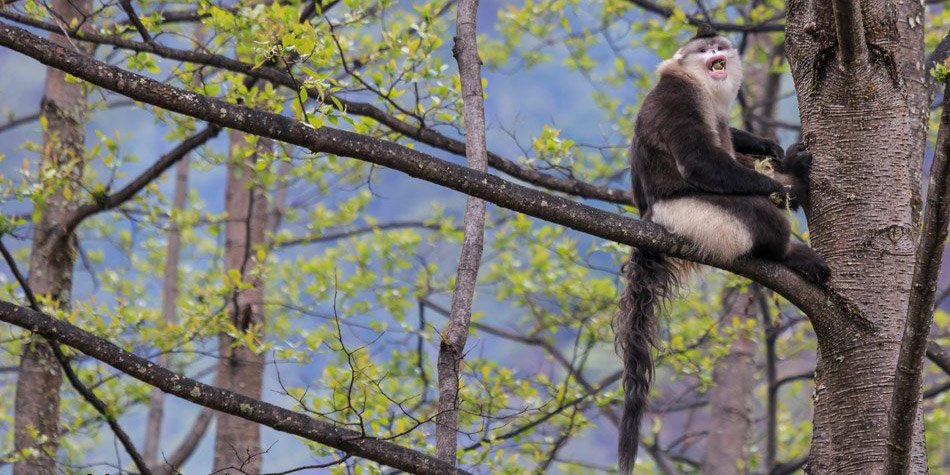
If you decide to visit Shangri-La and are interested in wildlife, don’t forget to check out Baima, where you can observe the rare Yunnan Snub-Nosed Monkey. I wrote an extensive article about the conservation efforts in the area. You can check it out here.
Safety and Health
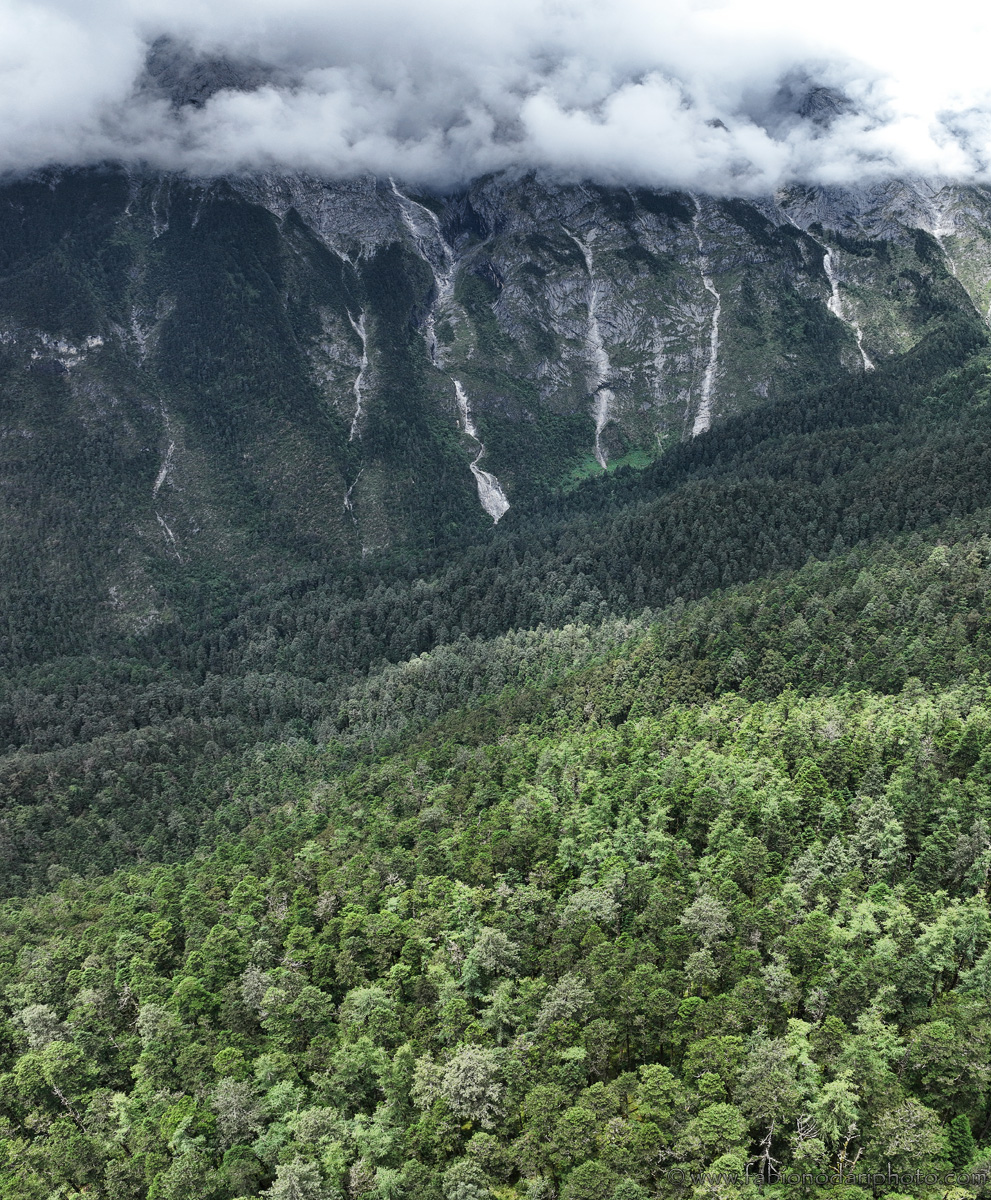
Yunnan is generally a safe place to travel. One thing to keep in mind is related to its geography. The province is mainly located at a high elevation, so you may experience altitude sickness if you are not used to it, especially if you fly from other places in China. Kunming, the capital, lies at an elevation of 1800 meters, and Shangri-La is well over 3000 meters.
In terms of personal safety, Yunnan is pretty safe. I lived there for several years, and I’ve never heard of anything particularly scammy (unlike bordering Vietnam). This being said, always pay particular attention to your phone.
Yunnan is a beautiful and diverse region that offers travelers a unique and unforgettable experience. Whether you are interested in exploring the vibrant cities, experiencing the rich culture and traditions of the ethnic minorities, or taking in the stunning natural beauty of the province, Yunnan has something for everyone. If you must pick only ONE province to visit in China, I’d recommend Yunnan.
Here, you can find my complete travel guide to China.
